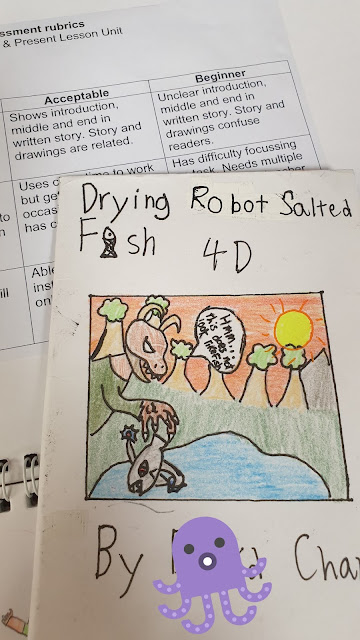Students had a blast with the introduction of air-dry clay. They tried using the cookie cutter method to churn out a high production of clay pieces, taking into consideration the craftsmanship and design. Some students accepted the challenge of making handbuilding work by combining function and form. There were a number of details to lookout for such as knowing how to distribute the pressure evenly so that the clay will be rolled out evenly, positioning of the cookie cutters to maximise the space, judging the thickness of the clay, smoothening the edges, preventing the drying clay from warping, what to do with remaining clay, painting on dried clay.
Most students love hands-on work and they learn best while working on something rather than excessive teacher talk. I always liken experiential learning with swimming. Would you learn better with more practices in the pool or from watching swimming videos?
 |
| Spray bottles work as well as rolling pins |





















































